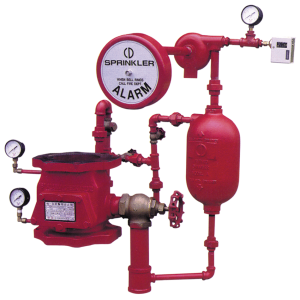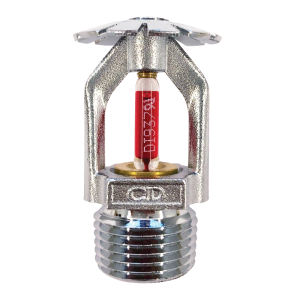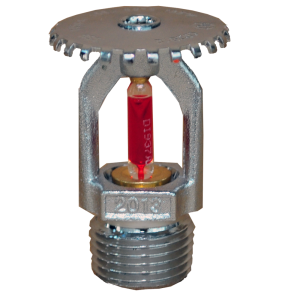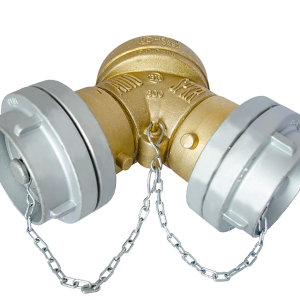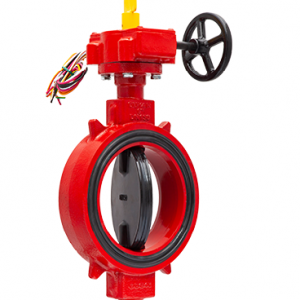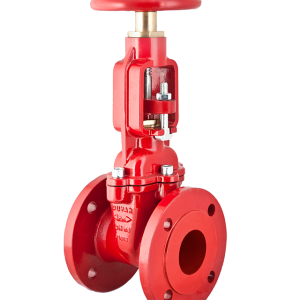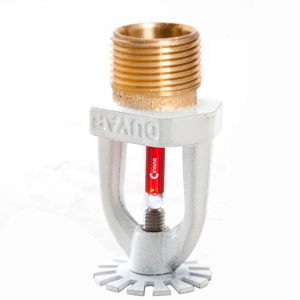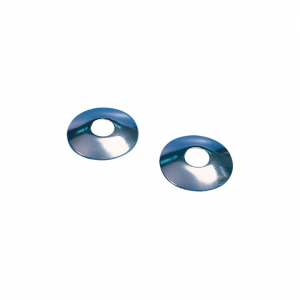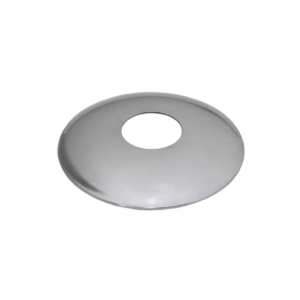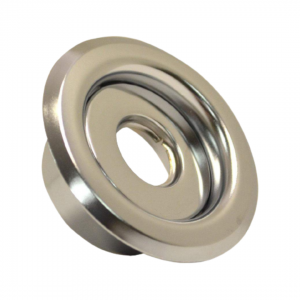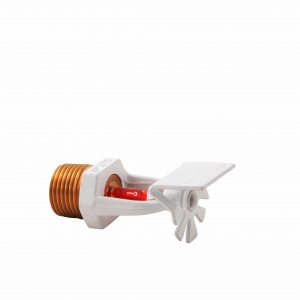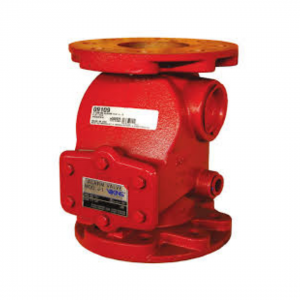
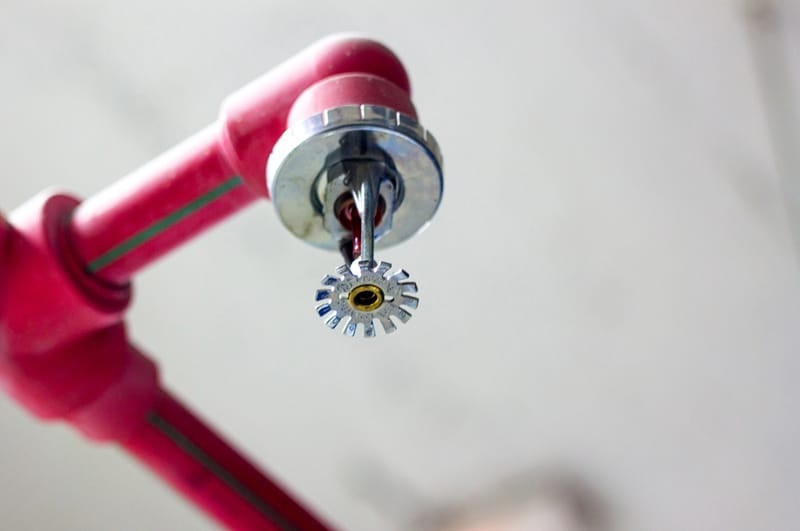
SPRINKLERS SYSTEM
Sprinklers and other Automatic Fire Suppression Systems (AFSS) help protect homes, buildings, people, and property from fire. They improve fire safety and reduce damage, which can also save money. Sprinklers activate one by one where heat is detected—they don’t all go off at once like in movies.
The system includes pipes fixed to the building, connected to sprinkler heads and a valve station. These pipes link to a water source. During a fire, water flows through the sprinkler heads to spray the area. This helps put out the fire, cool the surroundings, and at high heat, turns into steam that pushes out oxygen, stopping the fire from spreading.
Should I invest on a fire sprinkler system?
The answer is, Yes!
Fire Sprinkler Head
Fire sprinkler head – the main component of the fire sprinkler system that discharges water when the fire has been detected. It comes in not one but an assorted design. Each sprinkler head contains a trigger mechanism, which releases water onto the fire.
The Common Misconception of Fire Sprinkler System
There is a common misconception of the fire sprinkler system that they trigger by smoke.
- For your information, the device has been placing with a glass bulb alongside its sprinkler heads. The glass bulb contains a glycerin-based liquid in which, detecting fire through an increase in temperature.
- As the surrounding temperature increased, the temperature at the head of the sprinkler will increase too. At a certain temperature; depending on the bulb itself, the liquid inside the bulb expands, break the glass and thus, activating the sprinkler head.
- There is the various colour of liquids in these glass components. Each of them indicating a different temperature required for the heat to break the glass.
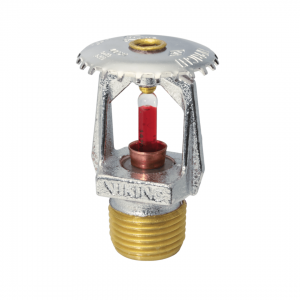
Sprinkler Head Temperature Rating And Color-Coding.

Activation Method
Fire sprinkler systems activate differently based on their type. In general, when the glass bulb in a sprinkler head breaks due to heat, it releases water. However, how water is stored and delivered depends on the system.
There are four main types: wet pipe, dry pipe, pre-action, and deluge. Wet pipe systems keep water under pressure in the pipes for quick response. Dry pipe and pre-action systems use pressurized air in the pipes; water only flows once the air is released due to heat.
A common myth is that sprinklers shut off after detecting fire—they don’t. Each head only activates when it gets hot enough. If you want all heads to go off at once, a deluge system is needed.
AITO has a team of qualified engineers who possess the technical expertise and capabilities required for the role.


